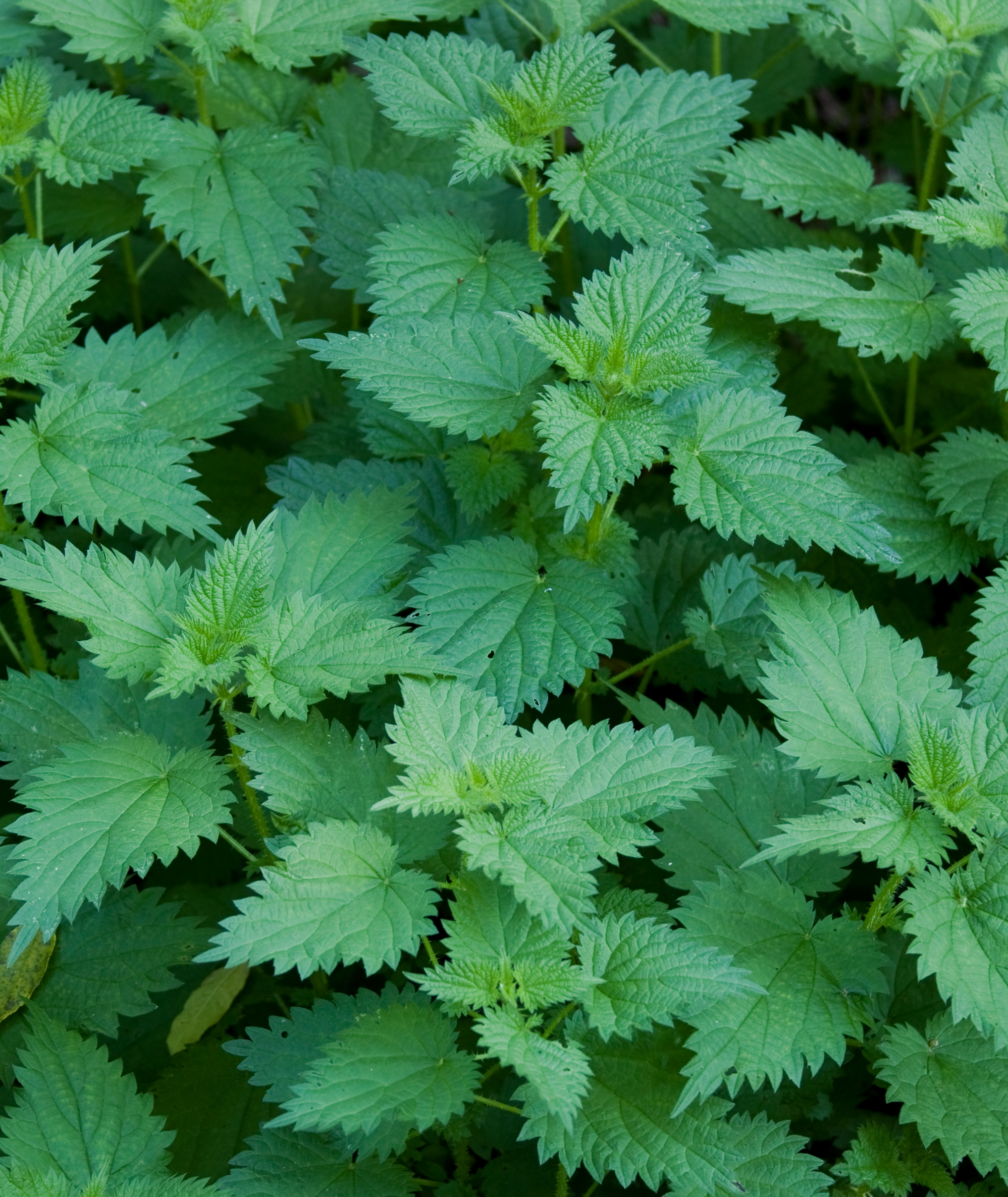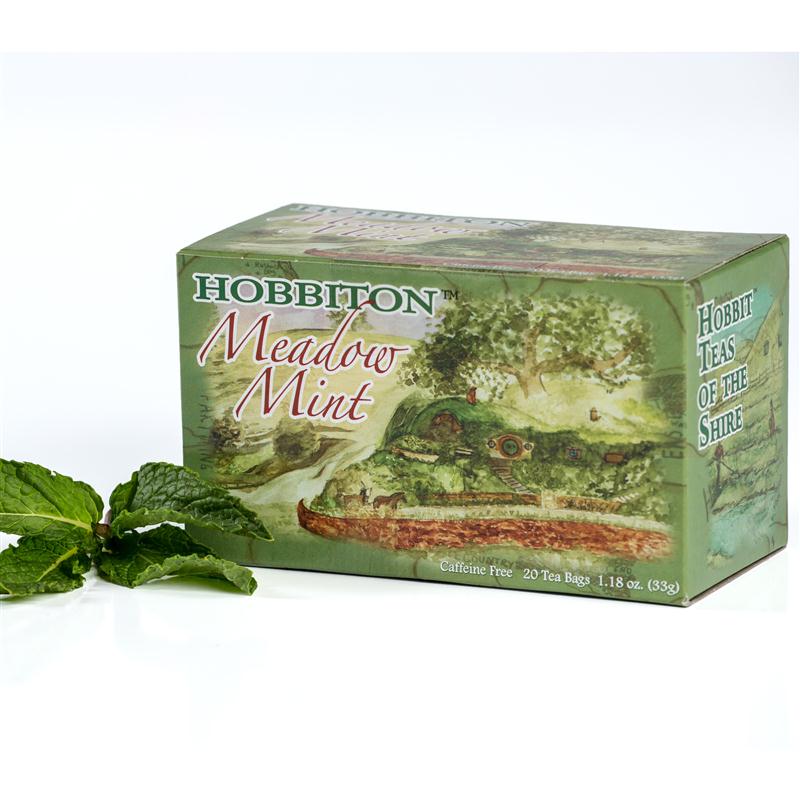 Does the title ring a bell? Probably not. I have nothing against Jack, and do not want to burn him. I learned the meaning of the words when I was probably five or six years old, and had just discovered the “benefits” of a plant that grows wild in pastures and near streams. “Burn Jack” is apparently a localized moniker for a plant that the rest of the world knows as stinging nettles.
Does the title ring a bell? Probably not. I have nothing against Jack, and do not want to burn him. I learned the meaning of the words when I was probably five or six years old, and had just discovered the “benefits” of a plant that grows wild in pastures and near streams. “Burn Jack” is apparently a localized moniker for a plant that the rest of the world knows as stinging nettles.
I was hiking with my brothers one day, and wearing shorts. Normally shorts weren’t allowed for conservative Mennonite children, accept by the very young, and I guess I hadn’t crossed the line into puberty yet. Suddenly, my legs were burning! My tender young skin felt like it was on fire, and I ran to the house, bawling my eyeballs out.
Mom took one look at my legs, and asked where I had been.
I told her through the tears.
“You walked through burn jack,” she said.
I didn’t know what it was, so she explained. She also said that it was going to burn for a while. I don’t recall that she had any remedy for it. That was a lesson in horticulture, and I learned to avoid the plant with the hairy, jagged leaves. But it does seem that every child needs to learn that one the hard way. I’ve pointed it out to every child that goes near it, but until the day it is experienced, the lesson doesn’t really soak in.

We often go for tea in the pasture. Two varieties of wild mint grows there, and to a child’s eyes, mint tea leaves and nettle leaves have a similar appearance. Unfortunately, they grow in the same places. It just takes a time or two to learn the difference.
Last summer–after all these years–I learned that nettles are edible. They can be used as a survival food, and are quite nutritious. I learned how one can carefully pick the leaves and roll them tight before chewing them. When carefully chewed and crushed with the teeth, they lose their sting. I tried it. It was true. I did feel a tiny scratchiness in my throat, but was satisfied that if I would need to eat nettles to survive, I could do it. And that was it. Until last week.
I was returning from a four-mile jaunt on Zuercher Road, and saw three (non-Amish) people out in the middle of the pasture across from Amish Jacob Hershberger’s farm. Earlier, I had spoken with Henry, Jacob’s son, as he was walking along the road to the saw mill to retrieve a jack that he needed for grinding feed with the diesel engine. A good kid–probably about sixteen years old–and a hard working young man. Last winter I snuck some pictures of him and Jacob pulling logs out of the woods with a team of horses.
On Saturday of last week, as I headed back up the road towards their farm, I saw the people bent over picking something, and my curiosity was piqued. Were they picking tea? Maybe looking for mushrooms? Nah, couldn’t be mushrooms out the the middle of the sunny pasture. Must be tea. I had to find out.
They kept glancing up at me as I crossed the pasture and approached them. Sure enough, they were in the middle of a large patch of tea. I bent over and reached for one, and at the same time realized this wasn’t tea.
“That’s nettles!” I exclaimed.
They laughed. “Yes, nettles,” they said.
This was the first time I had seen anyone picking nettles, so I had questions.
“Do you eat them?”
“Yes, and make tea.”
They went on, “It’s good for arthritis.”
“Really!”
“Yes, back in our home country of Romania, the old people will strip down to their underwear and roll in it. They break out in a red rash all over, but they say it makes their arthritis feel better.”
Wow! That seemed like overkill to me, but then, I am not plagued with arthritis pain yet.
I love hearing about folk remedies like this, but I’m also wary of old wives tales, and need to check them out. After arriving home, I went straight to Google. Sure enough! Studies have proven the many medicinal values of the plant. It has a long history of curing a wide variety of ailments. Yep, I thought, as doubt crept in, another one of those cure-alls. What do you think about the following paragraph that describes the many curative qualities?
“Stinging nettle is an astringent, diuretic, tonic, anodyne, pectoral, rubefacient, styptic, anthelmintic, nutritive, alterative, hematic, anti-rheumatic, anti-allergenic, anti-lithic/lithotriptic, haemostatic, stimulant, decongestant, herpetic, febrifuge, kidney depurative/nephritic, galactagogue, hypoglycemic, expectorant, antispasmodic, and anti-histamine.”
That’s a mouthful! I suppose one would have to know how to use it to receive all those benefits. But this much is widely accepted:
1) Nettles offer excellent nutrition, with lots of protein, iron, and magnesium. Boil for at least 30 seconds to remove the sting of the plant. Recipes for using nettles are readily available on the internet.
2) Studies have shown the value of nettles for treating inflammation and arthritis pain. Again, quite a bit of information available on the internet.
3) What I had discovered as a child, is done intentionally, and it has a name. Urtification.
Because of the many years of considering this plant a nuisance weed, it’s a little difficult to adjust my thinking. But my goodness–if the value is there for nutrition and pain relief, it would be worth a try. I know what’s on the menu for this evening.
When I returned home from work on Monday, I headed out to the pasture with a glove on my hand, and with Juanita’s kitchen scissors, cut a nice amount of nettles. Brought it to the house, washed it, and steamed it. (We’ve been steaming veggies for the past year or so, and they’re much better than cooked.) There were some left over mashed potatoes in the fridge, so I heated those too, mixed them together with the nettles, and topped it with a nice portion of shredded cheddar. Delicious! Tasted a lot like spinach.
It sure is fun to learn, and once again the benefits of walking have extended beyond exercise. The unexpected happens out there. Give it a try some time, and keep your eyes wide open.
From the land of blessings and surprises, Kidron, Ohio, where the homely-but-hopeful men are burning the candle at both ends; the lovely women are doing their best to balance jobs, flower-beds, laundry, and meals; and the energetic children are learning how to mow the lawn and work in the garden. Have a wonderful day!




























